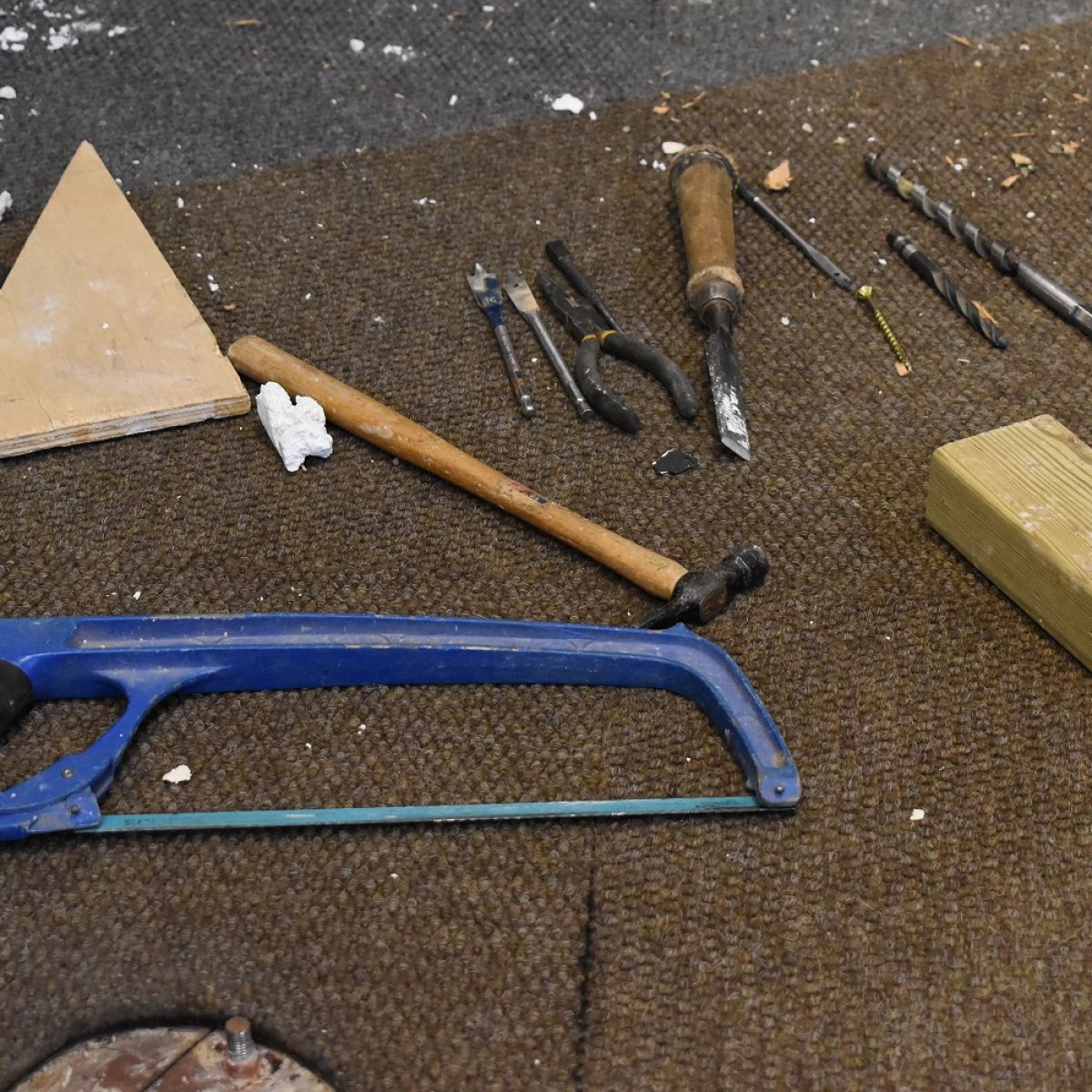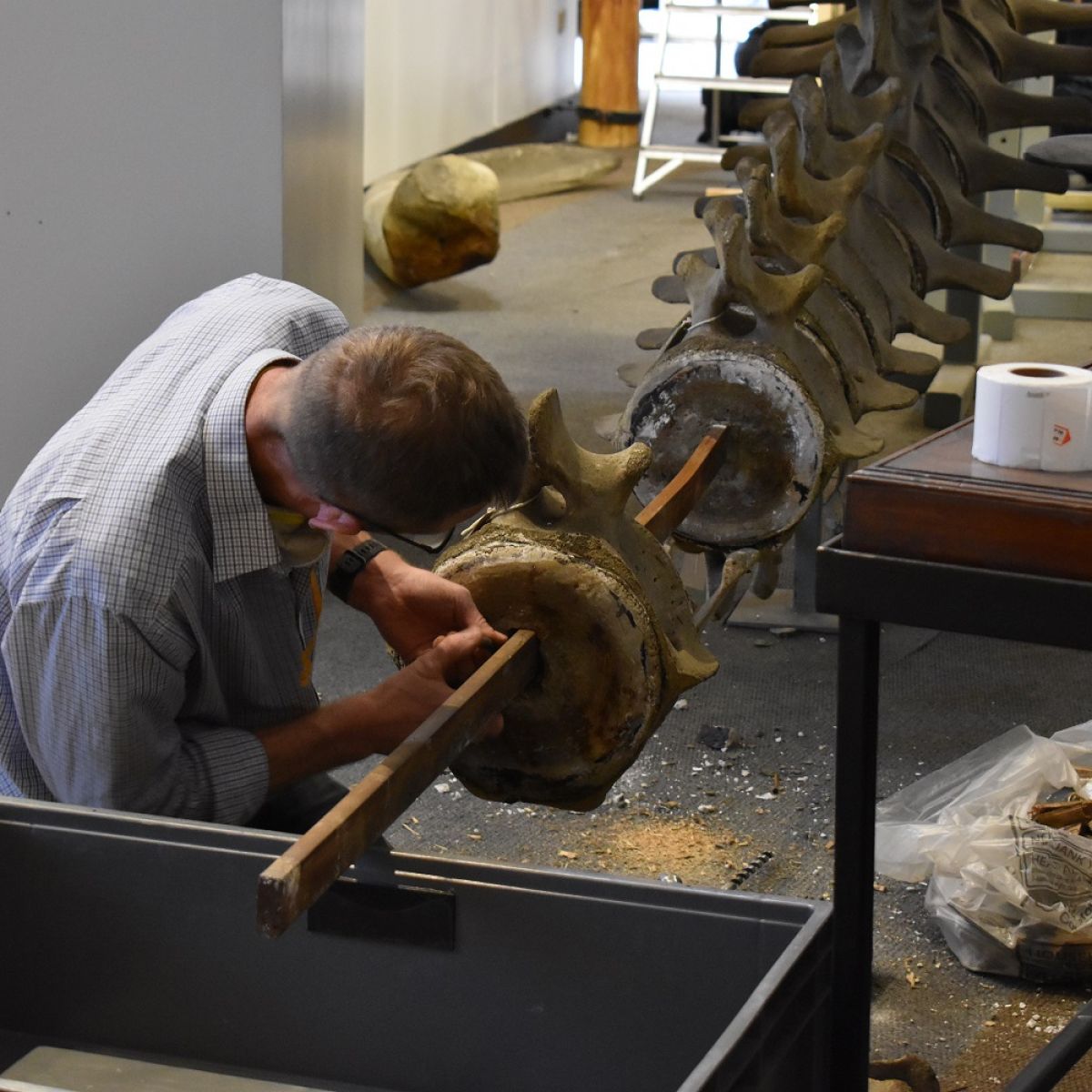2nd November 2020
Maritime Media Volunteers were given exclusive access to see whale conservators dismantle a number of fragile whale skeletons.
Emily Peach volunteers for the project and here's a blog that captured the dismantling of the North Atlantic right whale.
Now the rarest of all large whales, even the name of the right whale speaks of its fate. One explanation says that it was named the right whale, as it was the ‘right’ whale to hunt and kill, providing plentiful amounts of valuable oil and baleen (the flexible plates in whales’ mouths which help them filter the krill that they feed on). Right whales were slow and easy to catch, and the bulk of their thick blubber meant that they conveniently floated after being killed. The Atlantic populations of right whales were decimated by hunting in the 17th, 18th and 19th centuries.
The North Atlantic right whale in Hull’s Maritime Museum is just a juvenile, approximately 2 years old, caught with its mother off the coast near New York in 1907. The skeleton is 40 feet long, longer than a bus, but a fully-grown right whale can be more than 50 feet long.

The right whale skeleton, the largest item in the museum, has now been carefully dismantled and transported away for conservation.

The skeleton is made up of 168 fragile bones, each of which had to be carefully labelled, removed and packed before being taken away. These photos show conservator Phil and the museum’s Conservation and Engagement Officer Stathis painstakingly removing the vertebrae of the whale’s long tail.
After it has been cleaned and conserved, the right whale skeleton will be re-displayed in the refurbished Maritime Museum. Rather than sitting rigidly on the museum’s floor, the new display will position the skeleton in a more natural swimming position, to celebrate the wonder of this magnificent mammal, hunted almost to extinction but now protected. North Atlantic right whales remain amongst the most endangered of whale species, with threats now coming from collisions with ships and entanglement in fishing gear.





